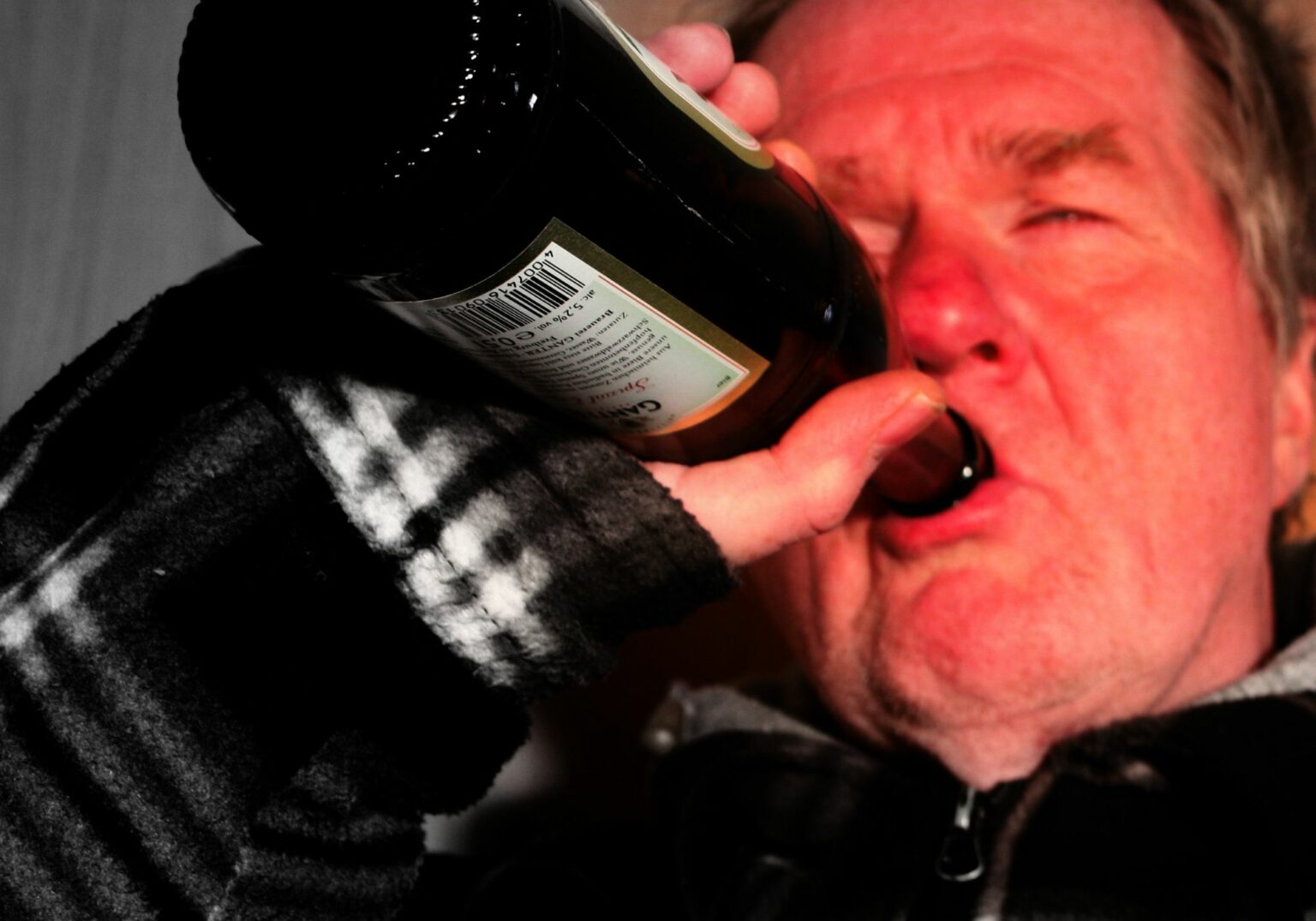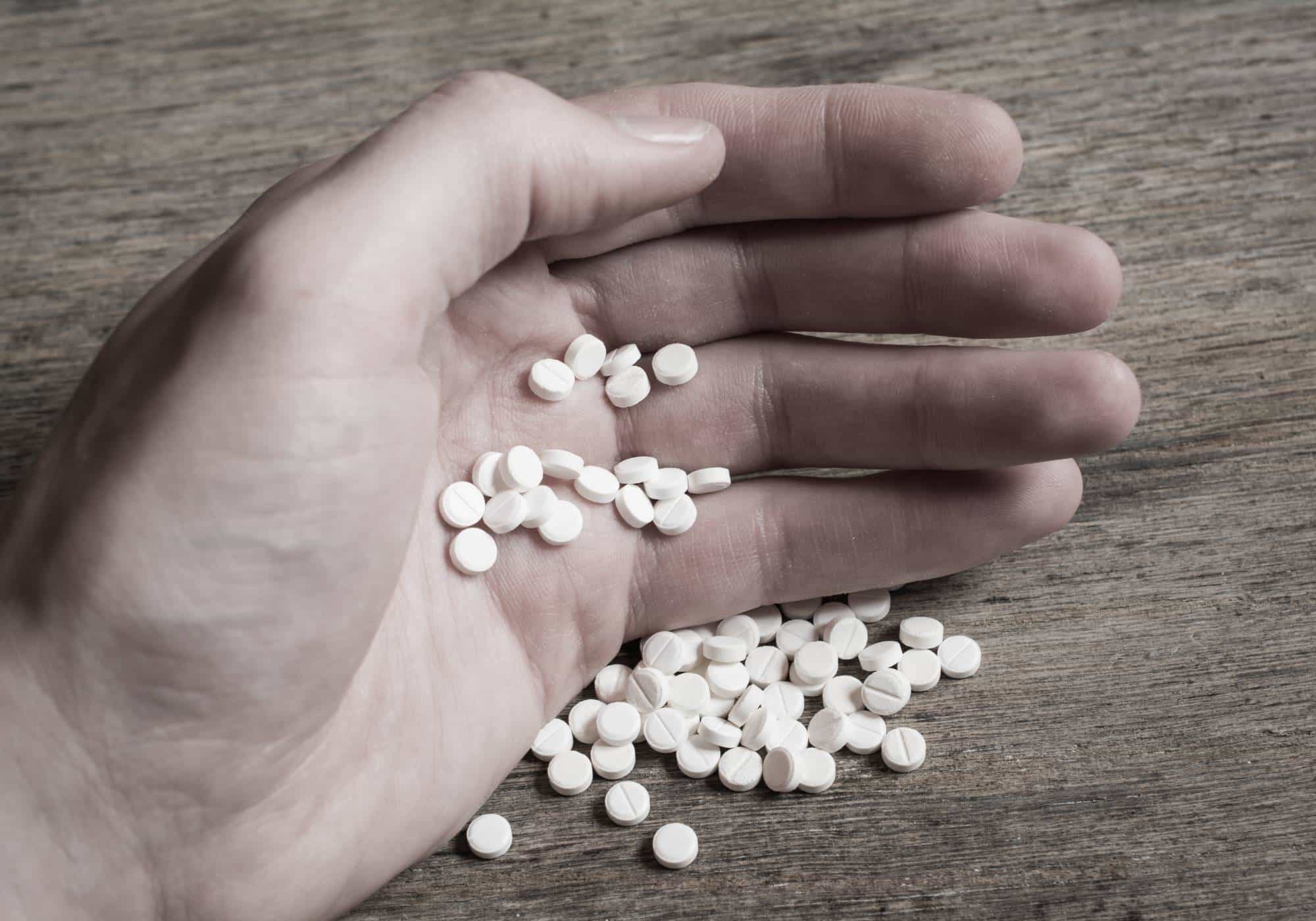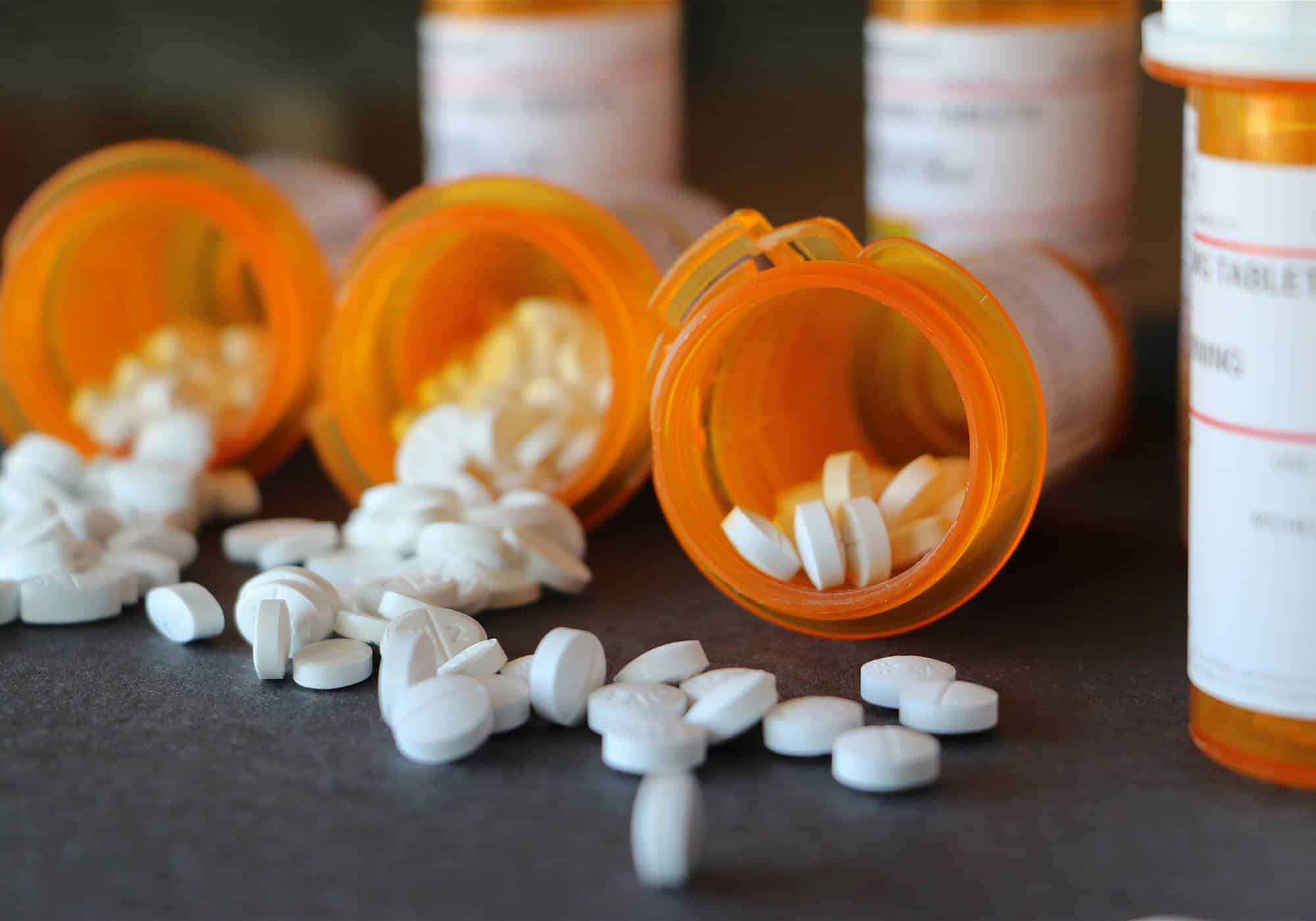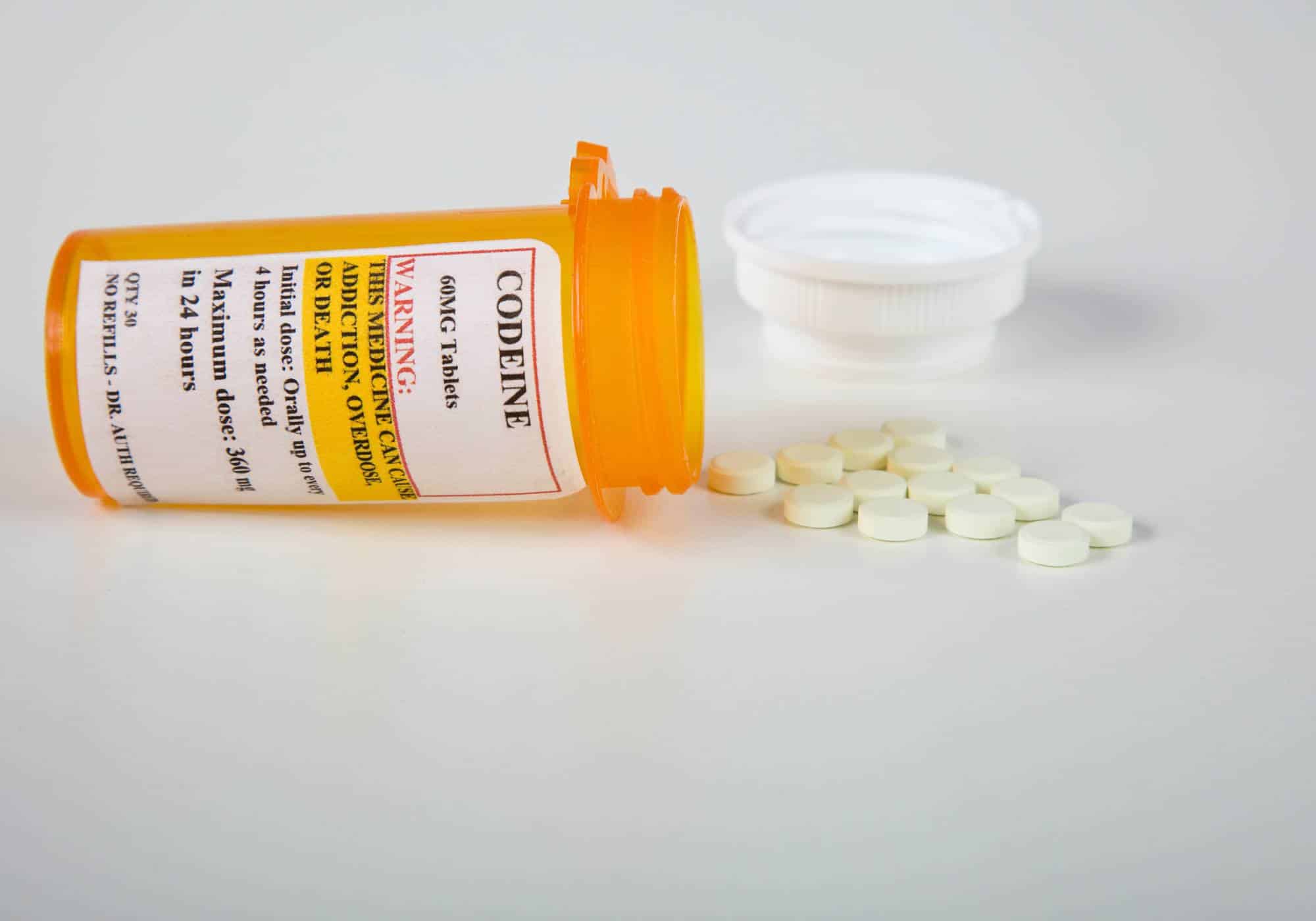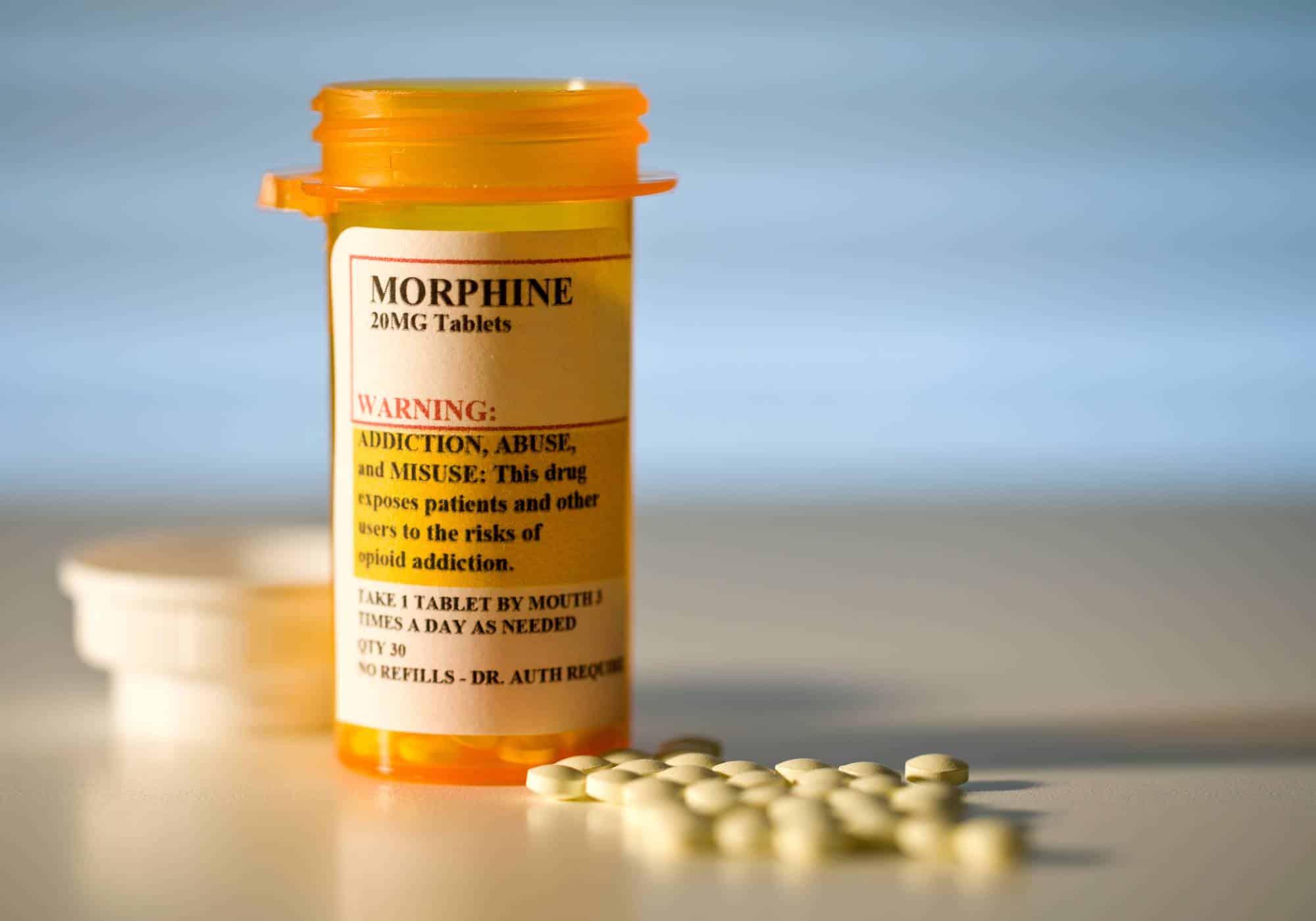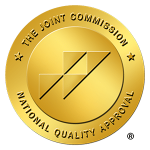Identifying someone dealing with alcoholism in a crowd is often more complex than looking for obvious signs like erratic behavior or a neglected appearance. The human face, however, can provide profound clues about a person’s health, serving as a mirror to the internal consequences of lifestyle choices, including the effects of excessive drinking.
Noticing changes in the facial appearance of someone close might trigger alarm beyond typical signs of aging or stress. While it’s not always straightforward, certain facial signs of alcoholic face, such as specific changes related to heavy drinking, can reveal much about the underlying condition. Alcoholism affects millions worldwide and can be discerned through various physical indicators, with the face often being a telling canvas displaying the impact of alcohol abuse.
In this article, we aim to outline seven critical facial indicators of alcohol addiction. We will explore each indicator, unraveling the reasons behind its occurrence and its implications for the individual concerned. While this information doesn’t replace professional diagnosis, it serves as an informative guide to better understand potential signs of alcoholism in someone you care about. Join us as we delve into these indicators and their significance.
7 Signs of an Alcoholic Face
Recognizing an alcoholic face involves understanding that while facial features alone are not definitive proof of alcoholism, they can offer insights into someone’s drinking habits. Here’s a closer look at seven physical signs that might suggest chronic alcohol use, though remember, their presence alone doesn’t confirm an alcohol use disorder.
- Facial Redness: Often caused by an alcohol flush reaction, this redness occurs when the body can’t fully metabolize alcohol, leading to dilated blood vessels in the face.
- Spider Veins: Visible, dilated small veins, especially around the nose and cheeks, result from prolonged alcohol consumption affecting blood vessels.
- Facial Swelling: Regular heavy drinking can cause the face to retain water, leading to a persistently swollen appearance, partly due to dehydration and the body’s response to alcohol’s toxins.
- Jaundice: A yellowish skin tone, indicative of liver damage, points to the severe internal impact of long-term alcohol use.
- Skin Issues: Alcohol’s dehydrating effects and its toll on the immune system can lead to dry, aged-looking skin and potentially more severe skin conditions.
- Bloodshot Eyes: The expansion of blood vessels caused by alcohol can give the eyes a persistently red appearance, especially in chronic drinkers.
- Dark Under-Eye Circles: Disrupted sleep patterns due to alcohol use can lead to noticeable dark circles under the eyes, reflecting poor sleep quality and overall fatigue.
While these signs can hint at excessive drinking, they should be seen as potential indicators rather than definitive evidence of alcoholism. They highlight the physical toll that alcohol can take on the body, underscoring the importance of awareness and understanding in recognizing and addressing alcohol abuse.
How To Tell An Alcoholic By Their Face?
Notable facial signs of excessive alcohol consumption include:
- Weight Gain: Noticeable increase in facial fullness.
- Eye Changes: Appearance of glazed or reddened eyes.
- Perspiration: Increased sweating, even in a cool environment.
- Facial Redness and Swelling: A visibly puffy and red complexion.
- Complexion Changes: A shift towards a more pallid skin tone.
These changes often develop over time rather than appearing abruptly.
What are the Effects of Alcohol on the Face?
The impact of alcohol on facial appearance can range from temporary changes to more lasting effects, contributing to what some may perceive as the typical look of chronic alcohol consumption. Here are key ways alcohol can affect facial features:
- Facial Redness: Alcohol consumption can lead to a flushed appearance due to the dilation of blood vessels close to the skin’s surface. This condition, known as alcohol flush reaction, is especially common among certain Asian populations.
- Dehydration: As a diuretic, alcohol promotes increased urination and subsequently, dehydration. This can cause the skin to look dry and lackluster, potentially accelerating the aging process.
- Facial Puffiness: Drinking excessively can cause the body to retain fluids, leading to a puffy or swollen face. This is often due to inflammation and shifts in the body’s electrolyte balance.
- Spider Veins: Long-term alcohol use may cause spider veins or broken capillaries, particularly around the nose and cheeks, presenting as small, visible red or purple lines.
- Premature Aging: Alcohol’s dehydrating effect, coupled with the loss of vital nutrients and antioxidants, can hasten the appearance of wrinkles, fine lines, and sagging skin.
- Skin Conditions: Alcohol may exacerbate skin problems such as rosacea, eczema, and psoriasis, leading to increased irritation and difficulty managing these conditions.
- Jaundice: Severe liver damage from prolonged alcohol abuse can result in jaundice, characterized by a yellowish tint to the skin and eyes, due to excessive bilirubin in the blood.
The extent to which alcohol affects facial appearance can vary widely among individuals, influenced by genetic factors, overall health, and lifestyle choices. Recognizing the potential physical signs of alcohol abuse is a crucial step towards seeking necessary help and support for recovery.
Can We Determine Alcoholism Solely by Facial Appearance?
While specific facial traits are often linked to chronic alcohol use, they are not conclusive indicators of alcoholism on their own. For example, dark circles under the eyes might result from sleep deprivation or health issues, and occasional signs of being hungover could be due to sporadic heavy drinking rather than an addiction. Similarly, spider veins could arise from aging, sun damage, or climate rather than alcohol intake. It’s essential to look beyond mere appearances, taking into account behavioral patterns and drinking habits, alongside other physical signs, to accurately assess if someone is struggling with alcoholism. By adopting a holistic approach, a fuller understanding can be achieved, facilitating the identification of those in need of help and guiding them toward suitable support and recovery options.
Can You Reverse Alcoholic Face Changes?
Many of the changes to the face caused by alcohol use can slowly improve with sustained sobriety. However, the condition often referred to as an “alcoholic nose” is permanent and cannot be completely reversed. Despite this, it can be managed with various treatments, potentially leading to remission over time.
How Else to Identifying Alcoholism
Detecting alcoholism involves observing more than just physical facial characteristics. Here are three critical signs to look for that could suggest a struggle with alcoholism:
- Behavioral Shifts: Watch for unexpected changes in behavior, including mood fluctuations and a rise in irritability or aggression.
- Emotional Indicators: Be alert to signs of heightened anxiety, depression, or stress that seem disproportionate to life events.
- Physical Manifestations: Notice physical signs such as hand tremors, nausea, or sweating, especially when alcohol isn’t being consumed, as these can be indicators of withdrawal.
Understanding alcoholism requires a holistic approach, taking into account various behaviors and symptoms, rather than solely focusing on physical appearance.
Alcohol Addiction Treatment at Hope Harbor Wellness
Located in the serene suburbs of Atlanta, Hope Harbor Wellness is your ally in the fight against alcohol addiction in Atlanta. Our alcohol drug rehab centers, dedicated to holistic recovery, are ideally situated to offer you the support you need.
Our compassionate alcohol outpatient program collaborates with top-tier medical alcohol detox facilities, ensuring a safe and effective detox process. Once free from addictive substances, you can seamlessly transition into one of our specialized outpatient treatment programs at Hope Harbor Wellness, designed to address substance use disorders:
- Outpatient Rehab: A flexible program tailored to fit into your daily life.
- PHP (Partial Hospitalization Program): Offers a structured yet non-residential approach to treatment.
- IOP (Intensive Outpatient Program): Provides more intensive care while allowing you to maintain daily responsibilities.
- Dual Diagnosis Treatment Program: Caters to those with co-occurring mental health disorders.
Our alcohol treatment programs incorporate a variety of interventions:
- MAT (Medication-Assisted Treatment): Utilizes medications to ease withdrawal symptoms and cravings.
- Psychotherapy: Addresses underlying psychological aspects of addiction.
- Group Therapy: Offers peer support and shared learning experiences.
- Individual Counseling: Provides personalized guidance and support.
- Family Therapy: Helps heal and strengthen family relationships.
- Holistic Therapies: Focuses on overall well-being, including physical, emotional, and spiritual health.
- Aftercare: Ensures ongoing support post-treatment.
Embark on your journey from addiction to recovery with Hope Harbor Wellness. Trust in our dedicated team to guide you every step of the way. For more information or to start your journey, call our admissions team at 678-929-6304.


